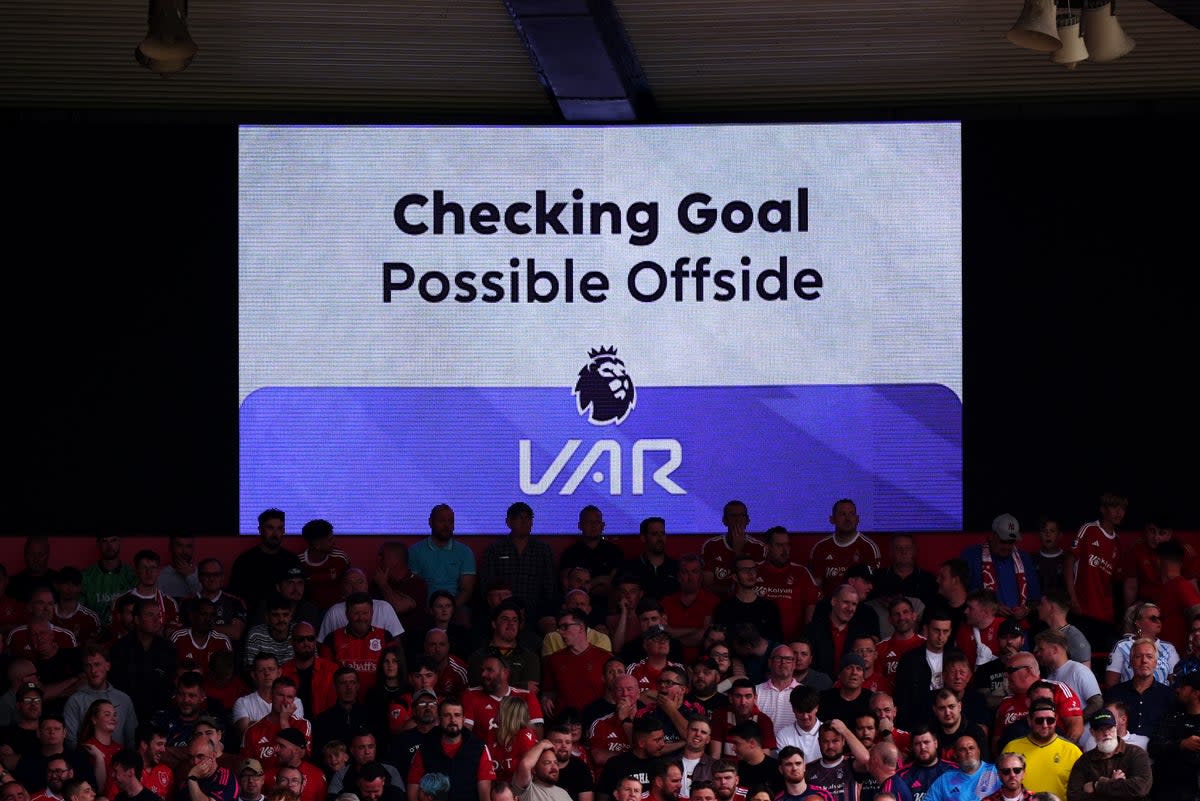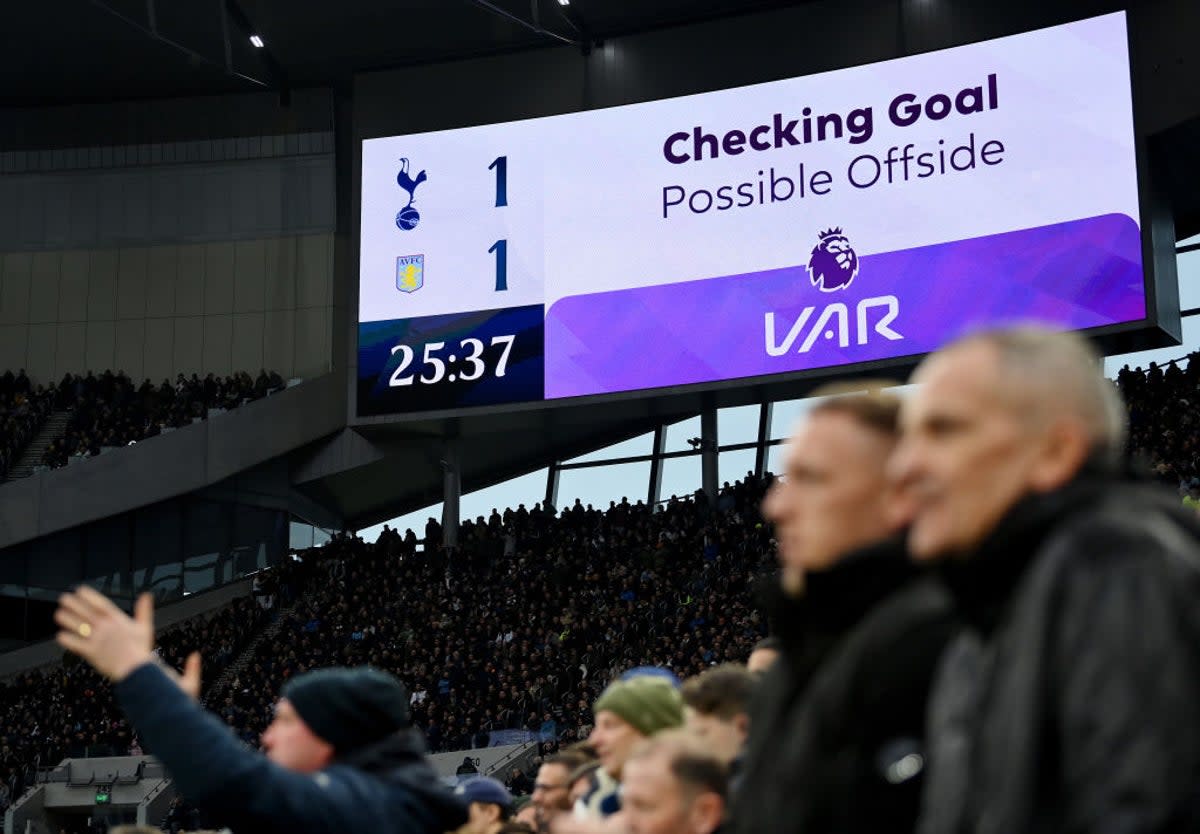What is VAR, how does it work and what are the biggest problems?

The increase in the use of technology in football over the past few years has seemingly created a lot of heated debates and questioning with none more so than the Video Assistant Referee, more commonly known as VAR.
By and large, it is felt that minor and visible calls are improved across the course of the season with on-pitch referees getting extra help. However, there have been several high-profile incidents, especially last season, that have led to clubs complaining about the eventual decision or decision-making process.
But the other side of the debate is that - without their being absolute, specific lines on what is and isn’t a foul, where a decision should or shouldn’t be made and so on - the bar for where VAR intervenes and decides on disallowing inicidents (or not) appears far higher in the Premier League than in European competition. Referees in Europe - under the Uefa banner - have different takes and different levels of interventions which adds to the frustration.
Here’s everything you need to know about VAR, including the latest causes for complaint against it.
What has gone wrong?
A lot. Last season in particular there were a wide range of incidents which caused controversy. Newcastle felt aggrieved that a penalty was awarded for handball after a VAR review having not been given during open play, in the final minute of injury time in their 1-1 draw at PSG.
Earlier in the Champions League, Man Utd complained about Marcus Rashford’s red card, given out for stepping across and onto the foot and shin of an opponent. Erik ten Hag insisted his side had seen three “very debatable” penalties go against them in four games and called his forward’s sending off “very harsh”.
In domestic football, Arsenal manager Mikel Arteta complained over “unacceptable” errors from on-pitch and VAR officials as his team lost to Newcastle, while Wolves boss Gary O’Neil continues to feel unfairly treated by the use of the technology.
Ange Postecoglou suggested recently that clubs have to shoulder part of the blame for long stoppages for VAR, saying: “Some of it is self inflicted because if we come out every week complaining about decisions that is what will happen, every decision gets forensically checked and we will be sitting around for a long time in every game trying to figure out what is going on.”
However, it must be noted that the vast majority of these are subjective opinions and where Arteta sees fault, another manager, supporter or, indeed, official may see justification in decision.

One incident which was not subjective, but instead a quite clear mistake, came with Luis Diaz’s goal for Liverpool against Tottenham being ruled out for offside and then allowed to stay disallowed, despite the VAR officials running their processes and showing the forward was onside. The “significant human error” came as a result of the official, Darren England, appearing to forget that offside rather than a goal had been awarded in the first place.
To another extreme, Millie Bright criticised the fact there was no VAR in the first edition of the Women’s Nations League, after a clearly offside goal was allowed to stand against England which would have been simple to rule out.
Further clear VAR errors which PGMOL have had to apologise for include no penalty being awarded to Wolves against Man United after Andre Onana clattered Sasa Kalajdzic, a Brentford goal against Arsenal not being checked properly with no offside lines drawn and a West Ham late equaliser being ruled out for a foul, where none was apparent.
What has gone right?
In truth, a lot.
It’s overlooked when three or four calls are spot-on, when one causes serious complaint or at least is a subjective call which a majority seem to disagree with.
As an example, in the incident-packed Tottenham vs Chelsea fixture, several goals were correctly ruled out for offside through use - or checking - of VAR and the penalty awarded which saw Cristian Romero sent off was also a result of VAR intervention.
Generally speaking, these calls that are widely accepted as correct do not get highlighted, partially because the technology exists for that very reason: it’s expected to help officials make the right calls with a second look.

That doesn’t mean they don’t occur, though. The Premier League reported that 82 per cent of decisions were correct in the season before VAR was introduced, rising to 94 per cent being correct in 2019/20.
What is the process for VAR checks?
From the Premier League website: VAR will be used only for “clear and obvious errors” or “serious missed incidents” in four match-changing situations: goals; penalty decisions; direct red-card incidents; and mistaken identity.
When any of those match situations occur or potentially occur, VAR is constantly rewatching and monitoring match footage from the hub at Stockley Park.
If there is a decision to be made, the VAR or Assistant VAR (AVAR) will relay to the referee that play should be halted while checks are made, before recommending either an overturn, a pitchside check of the monitor for the ref or a continuation of play with the on-pitch original decision.
The video officials have until the ball goes dead to inform the referee that a check is underway if play is already ongoing.
The referee can then either check the monitor or accept the VAR recommendation. Upon reviewing the pitchside monitor, they may then stick with their own initial assessment or overturn the original, before communicating their new decision to the crowd.
What have PGMOL said?
The refereeing chief of Professional Game Match Officials Limited, Howard Webb, took over the role last year to improve the standard of officiating in the English game and to help oversee a smoother use of technology.
PGMOL confirmed to the League Managers’ Association “they are actively looking at how best to incorporate VARs into match-day refereeing teams, to ensure the dynamic between on-field referee and VAR is conducive to producing positive outcomes.”
After the Diaz incident, the organisation “acknowledge[d] a significant human error occurred” and brought in additional processes to ensure no repeat happened. They also released the audio of that incident, an “unusual step” according to Webb, “to show everybody what was very quickly pretty apparent to us, a human error and loss of concentration.”
What changes are being implemented in 2024/25?
Following a vote of from all the top-flight clubs, initiated by Wolves, to have VAR scrapped (the clubs decided to keep it), the Premier League have issued a six-point plan to improve VAR for the current campaign. That will primarily involve a new “referee’s call”, influenced by other sports, where the threshold for VAR to intervene will be significantly raised. Officials will meanwhile be encouraged to come to act decisively if they do resort to the screen, and to not keep looking at the same camera angles.
The six-point plan otherwise aims to:
Improve the clarity of threshold for VAR intervention.
Reduce delays to the game, which includes the introduction of the semi-automated offside.
Improve the fan experience so they are more aware of why a decision is being taken, right up to referee announcements.
Improve VAR training and consistency.
Improve transparency.
Superior education and communications plan, which has involved key messaging across clubs and the media.
Semi-automated offsides, similar to the kind that were deployed during Euro 2024 this summer, will also be used but are not likely to come into place until October. The technology itself was first used by Fifa in the 2022 men’s World Cup in Qatar.


